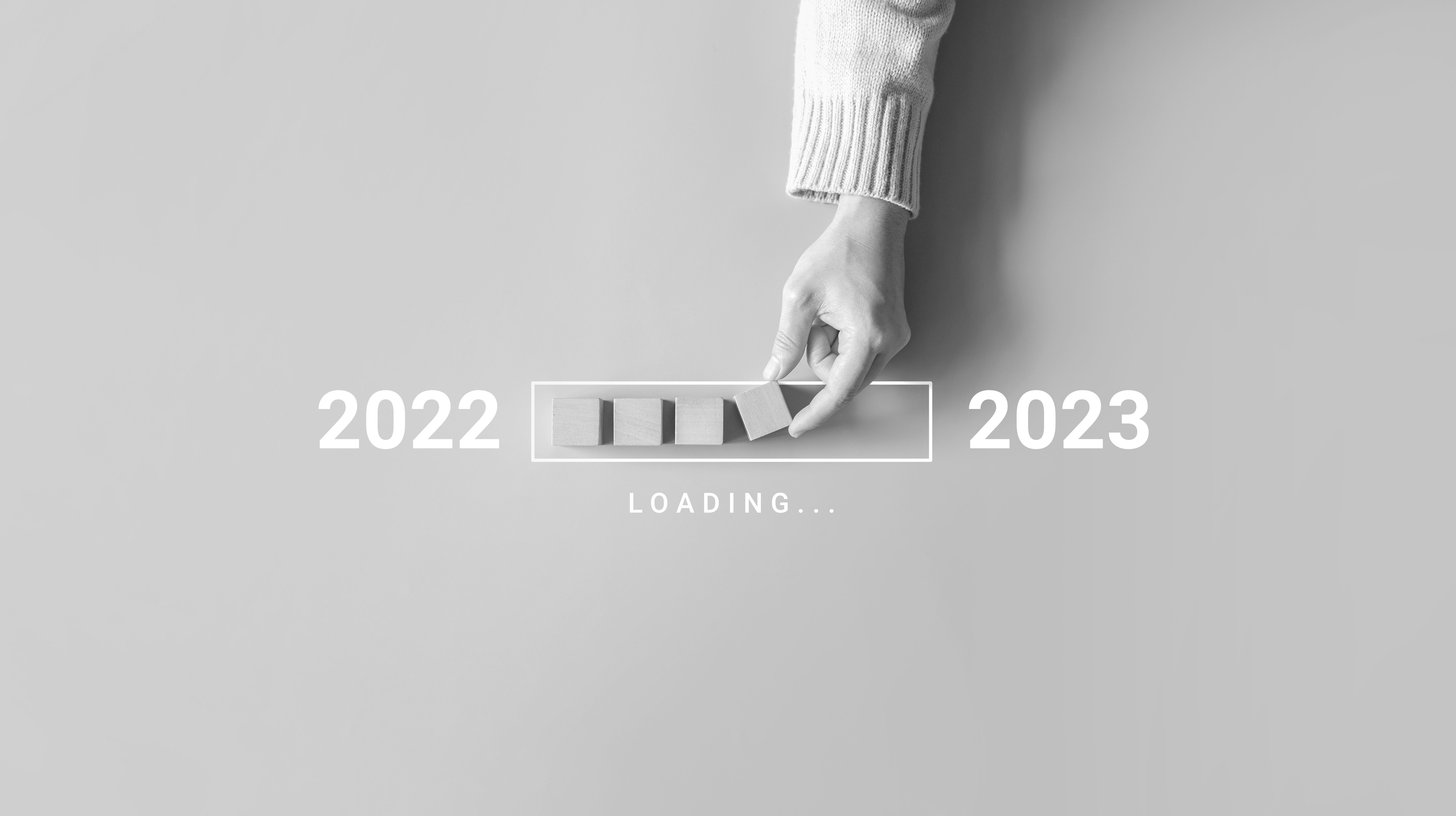Will 2023 Be The Year of Brand Safety?
by Rob Rasko CEO The 614 Group
There have been many declarations about the year of in the media industry, the year of mobile being the one that brings the most chuckles. However, I think 2023 could very well be, should very well be, the year of brand safety. Why not? From Elon Musk to Mark Zuckerberg to Shou Zi Chew, just name a few major platform executives who have talked about brand safety in 2022. I mean, really, who hasn’t? It is becoming a household term, and with good reason. Whether it's on TV, print or digital news, or written up in a blog post, brand safety has hit the mainstream. But what would need to happen for us to style it the “Year of Brand Safety”– and what would it look like?
I run a conference series called the Brand Safety Summit–in New York, Singapore, and London—which makes me both biased and an expert because I’ve been fortunate enough to work with the industry’s leading global brand safety practitioners and thinkers. Here is why I think what happened in 2022 set the stage for 2023 to be the “Year of Brand Safety.”
These last 12 months have marked a year when the Brand Safety Summit took many leaps forward. Not only was the Brand Safety Summit back in person on three continents, but we also launched the first dedicated DE&I event that brought experts in the media business, equity initiatives, and brand safety together. Given the nature of our times, in 2022, our conferences covered many vitally important topics that go well beyond an industry event: Is War Brand Safe?, a focus on the news and the war in Ukraine; we covered minors and parenting on platforms; we covered Twitter: will Musk/won’t he and what are the implications of a private takeover?; we covered DE&I and gender equality, and we covered decentralization and the prospects of digital safety in web3.
During the year, we heard from amazing leaders like Amrita Randawa, CEO of Publicis in Southeast Asia and Singapore, who highlighted the challenge of and opportunity with getting brand safety correct and realizing its potential in areas like DE&I and the creator community specifically: “This is a space where standard brand safety guidelines might indeed sacrifice inclusion because sometimes the power of a creator’s opinion can often fall on the wrong side of standard guidelines.” Moving initiatives forward like DE&I hinge on getting brand safety best practices nuanced and culturally and socially responsive. We also heard from brands, “TikTok has given us the opportunity to make our advertising active, as people using the product in-story became the story and we can embrace it,” Lyndon Morant, Marketing Director, Integrated Marketing Communications from Colgate, told our audience in Singapore.
Throughout 2022, the brand safety assurances that have launched are impressive: Meta completed its MRC accreditation for Enhanced Content Level Context and Brand Safety Guidelines: LinkedIn launched its Brand Safety Hub for Audience Network Ads; Twitch elevated protection of its streamers against hate speech through the introduction of Shield Mode, a tool for streamers and moderators on the platform; and Premion received its TAG Brand Safety Seal. These achievements and others are supported by monetary, human, and technological capital, all in the name of brand safety and suitability and reducing the risks brands could be exposed to.
Brand safety was featured prominently in general and trade press throughout 2022. Here are some well-known leaders saying what I think were among the most notable comments in their own words. “Platform safety is incredibly important” and “platforms need to invest in trust and safety,” said Shou Zi Chew, Global CEO of TikTok. "Brand safety is only possible when human safety is the top priority" and “Twitter’s commitment to brand safety is unchanged,” said Elon Musk, the new owner of Twitter (in case you’ve been on Mars, and haven’t heard). The conversation isn't always about the future; brand safety also was used in conjunction with current business results and outcomes: "Over the past two months, the market has experienced reduced advertiser demand and lower average yields, with the war in Ukraine significantly reducing the level of 'brand safe' content for news publishers," said Reach.PLC in a press release that talked about the war’s impact on the company’s advertising revenue.
The brand safety conversation is indeed everywhere, but if 2023 is to be the Year of Brand Safety, what else do I think would need to happen?
- The evolution in the job function of a brand safety leader from providing compliance to enabling brand growth. On this point, we heard from Mark Proulx of Johnson & Johnson who said, “Being forward-facing on brand safety is good for all brands."
- Start putting the consumer's real needs and concerns at the top of the priority lists. This has to happen on two fronts simultaneously. One, protect them from unethical use of their data, scams, and from malware. Two, invest in understanding consumer brand affinity and what brand safety perceptions trigger them to stop buying.
- Stop being too techie–Stop talking plumbing and start talking about brand safety in terms of benefits like risks/rewards and consumers’ best interests.
- A rational policy on consumer privacy must coalesce in Washington.
- Either Twitter actually succeeds in making relationships with its brand advertisers work or Musk tries to ignore them on principle. And, if the latter occurs, advertisers actually abandon for good and don't return to the platform.
- An even more pronounced advocacy of supporting through ad dollars the principles and content that are brand suitable and should garner support. This should become best practice for ad agencies and their clients.
I believe 2023 can be the Year of Brand Safety. Is it two or four of the points above that are needed so that we can definitely call 2023 The Year of Brand Safety? We may ultimately need to enact all of them, or we may even need other actions long term, but the year of it will be. What is clear is that brand safety–in all of its nuances and connections to almost everything the media industry does–is going to be a prime focus in 2023 and for the foreseeable future. With companies investing in initiatives such as data privacy, diversity movements, and verified supply chains, the industry is primed for a possible strong period of growth and development. The new year promises to be a pivotal moment for the industry, one that will bring about a shift in mindset from leveraging brand safety best practices from compliance requirements to growth opportunities, with a focus on human and consumer needs and concerns.
What do you think? Please share your thoughts with me.


